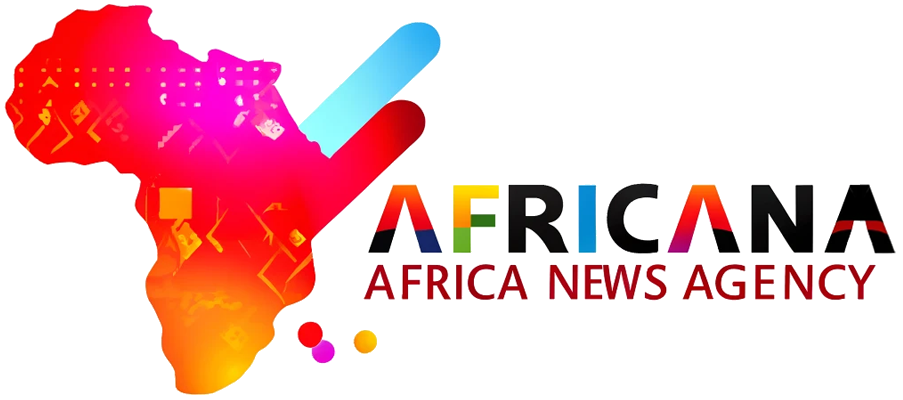Share
The rapid growth of solar power companies across Africa is providing a much-needed solution to the continent’s energy crisis, where over 600 million people—nearly half the population—still lack access to electricity. Africa’s abundant sunlight, combined with decreasing solar panel costs and the pressing need for reliable and affordable energy, is creating the perfect conditions for the solar energy sector to thrive. From rural areas to urban centers, solar power is playing a crucial role in transforming lives and fueling economic development across the continent.
The Energy Challenge in Africa
Access to electricity remains a significant challenge in Africa, with many countries still heavily reliant on expensive and unreliable energy sources like diesel generators. In regions where electricity grids are unavailable or unreliable, entire communities are left without power. This lack of access hampers economic growth, healthcare, education, and overall quality of life. Sub-Saharan Africa in particular faces the largest energy access deficit, with rural areas being the most affected.
According to the International Energy Agency (IEA), Africa will need over $120 billion annually to meet its energy needs by 2040. However, traditional power infrastructure—such as coal, oil, and natural gas plants—requires significant capital investment and long timelines, while solar power offers a faster, more affordable alternative.
The Rise of Solar Power in Africa
The growth of solar power companies in Africa is filling this energy gap by providing off-grid and decentralized solutions to underserved communities. Many of these companies are focusing on installing solar home systems, solar mini-grids, and pay-as-you-go (PAYG) models, which make solar power more affordable and accessible.
M-KOPA in Kenya and d.light in East Africa are leading examples of companies offering affordable solar home systems through PAYG models. Customers can purchase solar kits, including panels, batteries, and LED lights, on a financing plan where they pay small installments via mobile money. This model has become a popular solution for households that cannot afford the upfront costs of installing solar systems.
In addition, companies like BBOXX and Zola Electric are rapidly expanding across Africa, providing solar energy to rural areas that have never had access to reliable electricity. Azuri Technologies, another solar company, uses satellite technology to track energy use and maintain solar installations remotely, improving efficiency and reducing maintenance costs.
Impact on Daily Life and Economic Growth
Solar energy is transforming daily life for millions of Africans. In rural areas, households that previously relied on kerosene lamps and diesel generators for lighting can now access affordable and clean solar energy. This shift has not only reduced household energy costs but has also improved air quality by eliminating the use of polluting fuels.
In schools and health clinics, solar energy has allowed for longer hours of operation, improving education and healthcare services. Solar-powered water pumps are providing clean drinking water to communities, reducing the need for time-consuming and labor-intensive manual water collection. In agriculture, solar energy is driving irrigation systems, allowing farmers to grow crops year-round and increase their yields.
Furthermore, solar energy companies are creating jobs and contributing to local economies. The solar sector is providing employment for technicians, salespeople, and entrepreneurs across Africa, empowering individuals and contributing to local economies.
Challenges and Future Prospects
Despite the rapid growth of the solar industry, several challenges remain. Affordability is still a key issue for many Africans living below the poverty line. While PAYG models have helped reduce the upfront costs of solar power, continued efforts are needed to lower prices and make financing options more widely available.
Another challenge is the regulatory environment. In some African countries, unclear policies and regulations regarding renewable energy have slowed the expansion of solar power. Governments need to implement more supportive frameworks, including subsidies, tax breaks, and favorable tariffs for solar companies to encourage further growth in the sector.
However, the future of solar energy in Africa looks promising. The African Development Bank (AfDB) has been leading initiatives like the Desert to Power program, which aims to harness the vast solar potential of the Sahel region to provide electricity to 250 million people by 2030. Other initiatives, such as Power Africa and the Global Solar Alliance, are also working to increase investments in the sector.
Conclusion
Solar power is becoming a game changer for millions of Africans, offering a sustainable and affordable solution to the continent’s energy crisis. With companies like M-KOPA, BBOXX, and d.light leading the charge, and international support from organizations like the AfDB, Africa is well on its way to achieving significant improvements in energy access. As solar technology continues to become more affordable and accessible, it holds the potential to power Africa’s future, lifting millions out of energy poverty and fostering economic growth.
Image source:finance.yahoo.com




